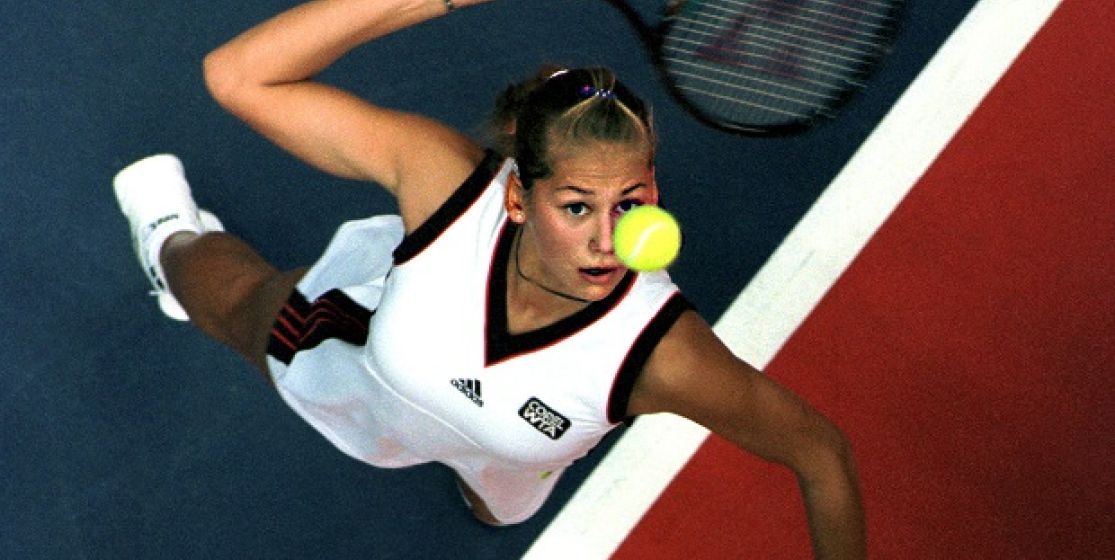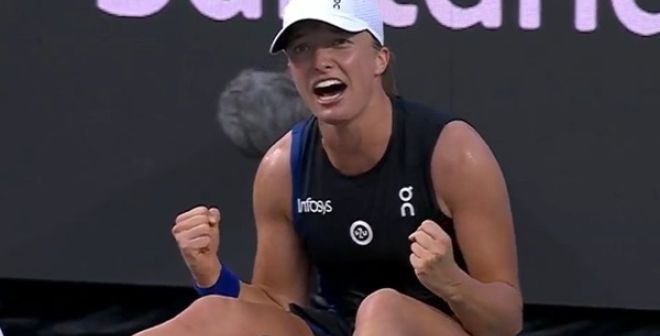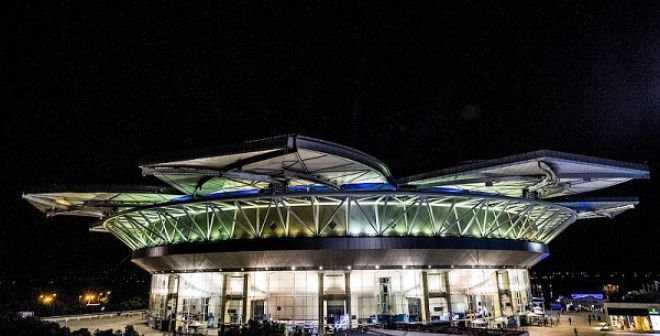Anna Kournikova wasn't only a pretty face irresistibly attracted to the jet set. Arrived in the Top 10 at 17 years old, the photogenic Russian saw her sporting career shattered by a seemingly innocuous injury: a thumb injury. After the accident, she lost all her bearings in service. As during that famous Australian Open second round in 1999, where she committed 31 double faults... but triumphed nevertheless. Story.
«I'm completely without confidence and don't know a way I can win a match at the moment. I don't know what's happening. My best weapon is not there. I'm like (Anna) Kournikova hitting 20 double-faults a match». On that 4th of May 1999, Goran Ivanisevic is at least as good in the press room as his service is bad on the courts following a tough defeat in Hamburg against Rainer Schuettler. The comparison with the young Russian star of the WTA then seemed self-evident. It must be said that Kournikova, apart from her beautiful plastic and her fairly good ranking of 9th player in world is mostly remembered for her terrible level of . At the Australian Open, the Russian doll committed 31 double faults in a single match, establishing some kind of record, at least in the WTA statistics.
When, on that Thursday 21st January 1999, the young 17 years old girl entered Melbourne Park court 2 to challenge the modest Japanese Miho Saeki, 80th in the world, the wheels were already in motion: following a thumb injury in Eastbourne the previous year, Kournikova had to change the way she was handling the racquet to serve. And the result was terrible: the champion lost all her sensations on this essential shot. Week after week, her confidence crumbled and the double faults multiplied. In Sidney, for her first tournament of the 1999 season, she committed 34 double faults in two matches. In Melbourne, during her opening match against Jill Craybas, she did 24. And with the 31 against Saeki, she committed 91 double faults in just four matches.
«With so many faults, I couldn't read her serve!»
Yet, despite this handicap, the Russian kept winning. Against Saeki, she managed to come back one set all at 6/4 after a disastrous first set lost 6/1, and make it to 5-0 in the last act. But, with the victory in sight, her arm stretched suddenly. While she had two match points on her service, Kournikova wasted them with as many double faults, the 21st and 22nd in a series still far from coming to an end. The 23rd allowed Saeki to win her first game in this final round. It also marked the beginning of the fantastic recovery of the Japanese. Kournikova couldn’t hit a single ball inside the court and her opponent started using her unforced errors to her advantage and came back to 5-5. The Russian finally got back in the game, stopped the bad luck streak with a break and served again for the match... just to lost it right after, by sending a third match ball into the net. Six times, she served for the match. Six times, her service betrayed her. In aggregate, 21 exchanges of service and 149 unforced errors were recorded during this game.
«You would think that her problems at the service were a chance for the opponent, but actually they weren't, said Miho Saeki. With so many faults, I couldn't read her serve! You just never know if it will pass or not, whether to move because the ball will be short over the net or if you should go towards the baseline because it will be long... There is no pace ». In the stands, the 3,000 spectators of this tennis disaster were torn between hilarity and compassion. They started to make noise between points, tap the floor and seatbacks, whistling but it is still unclear to this day if they were mocking or encouraging Kournikova. A 9-8 when she served a seventh time for the match and earned her fourth match point after saving as many break balls, the pretty Russian however received a standing ovation. Opinionated, Saeki saved it with a volley. The party had now lasted for more than two and a half hours. Fifty-five minutes after Anna Kournikova's first opportunity to conclude, she finally converted on the fifth attempt, on an unforced error from her opponent.
Kournikova’s legacy to tennis
After the handshake, Kournikova sat on her chair and hide her face for a long moment in a towel. Exhaustion? Nervous repercussions? While her double faults crisis had left her in tears in Filderstadt and Zurich at the end of the previous season, the Russian analysed the situation calmly this time: "I feel so frustrated. I’m trying to solve the problem, but in training my service is fine, with no signs of double fault. But as soon as I arrive in competition, something goes wrong. I try to deal with it, and before finding a solution to solve the problem, I fight with the weapons I have.” Rather effective weapons by the way, which allowed her to win this Australian Open in doubles alongside Martina Hingis, with the place of world number one of the discipline at the end. But her reputation was now established: "Everyone talks about it, confirmed Steffi Graf, who suffered a shoulder injury two years earlier and was also more or less at odds with her service. When you've lost your timing for this shot, it is very difficult to get it back."
In this case, Anna Kournikova will never succeed. In 2003, at just 20 years old and failing to keep the promises shown early in her career, the Russian began a professional reconversion and turned to a modelling career, much richer in podiums and successes. Beyond sports results far from being defamatory, marked in particular by two Grand Slam titles in doubles and a semi-final at Wimbledon in singles, Kournikova mainly left the memory of a girl constantly on the edge of nervous breakdown at the service. Any player in distress on this shot - and there has been many in recent years, from Elena Dementieva to Dinara Safina through Guillermo Coria! - is then now routinely referred to the “Kournikova jurisprudence." The second legacy of the Russian shooting star to tennis... after her skirts.
By Guillaume Willecoq






